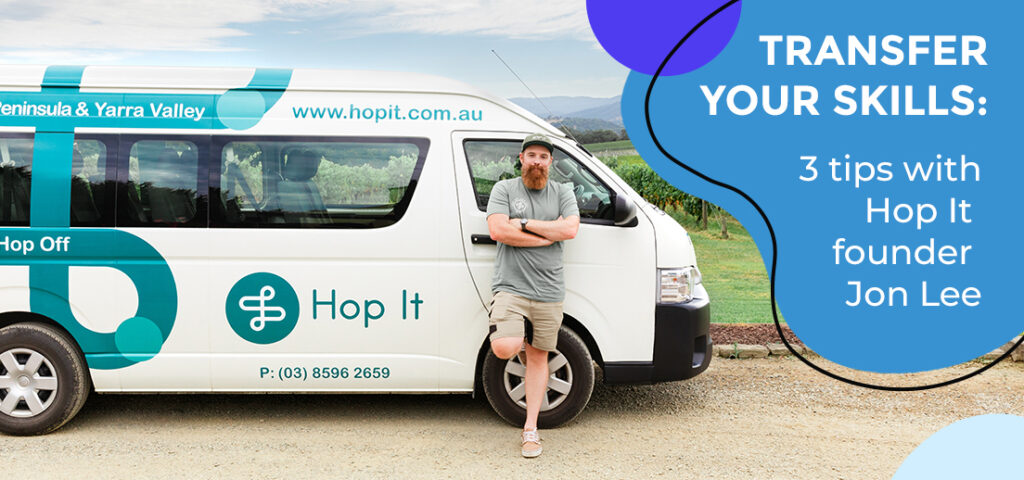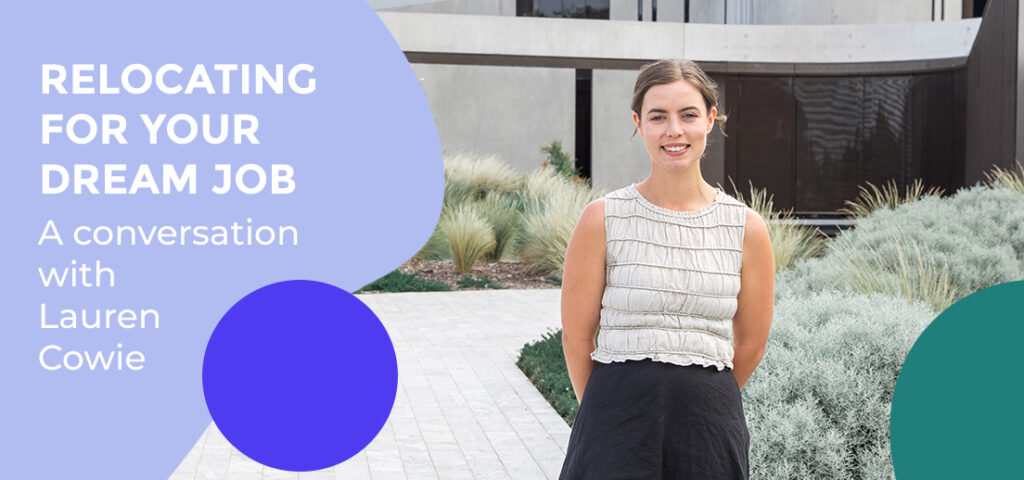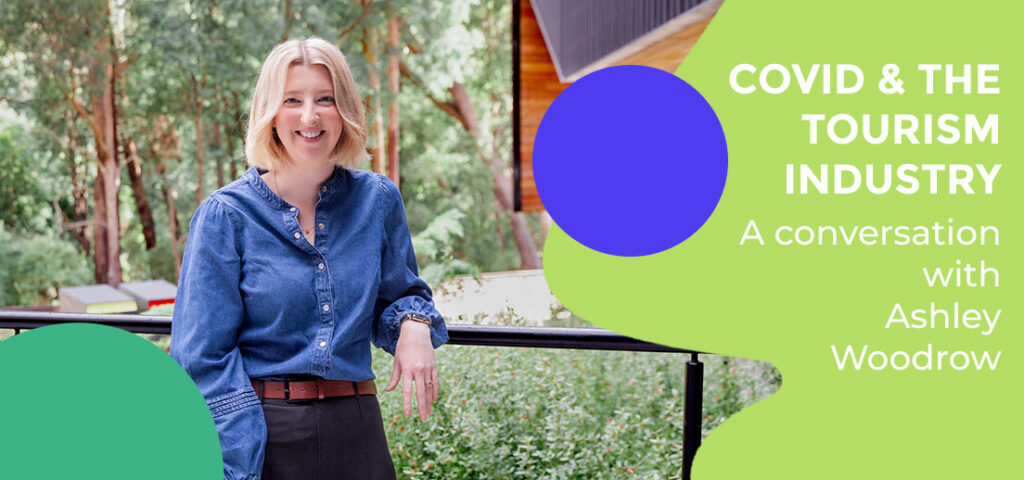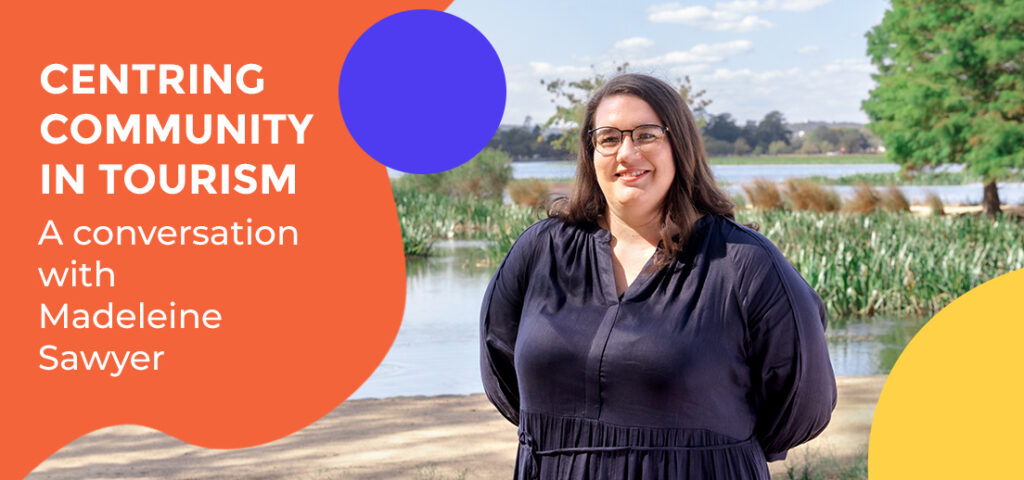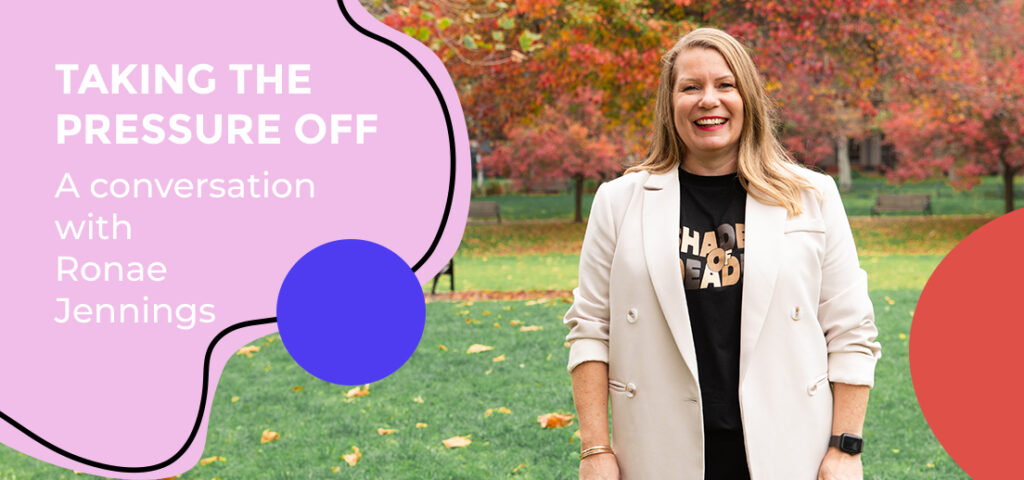When you think of careers within the tourism industry, you might think of a tour guide, hotel staff, or cabin crew, but did you know that there are also vital roles in data analysis and research? George Kopelis is a Yield Manager at Intrepid Travel in the revenue management team, and a day for him might look like crunching numbers and dissecting customers’ wants through trend analysis and feedback. While this might sound intimidating at first, after chatting with George we can promise you it’s a whole world of interesting and engaging work that you might not have considered as a part of a career in tourism.
So, what does a role like this actually entail? We’ll let George explain.
“My day-to-day involves looking at bookings from the previous day to pick up on trends in bookings, such as any destinations that are booming or that are seeing a drop in customer volume,” George tells us.
“I look at competitiveness against other operators in the industry and on a regular day, I might be chatting with our overseas operations teams to understand any cost increases that are going on or talking to our marketing teams about any campaigns they want to run and which trips or destinations I want to feature. I might also be talking to our sales team to see what kind of feedback they’re getting from customers around trip value or destinations they really want.”
George understands just how important data and research are to the tourism industry, and was eager to share with us just some of the many ways analytical work informs these big decisions for businesses like Intrepid Travel.
1. Using data to meet traveller demand
To offer valuable services and trips for Intrepid, George must first find out what destinations and experiences are in demand. Data and research fuel these decisions to ensure the business is making smart choices that will create more opportunities for people to have the experiences they are searching for.
George explains that, for example, data might show if a trip is reaching capacity, so his team must find a way to offer more that doesn’t come from the existing product.
“You might have to schedule a trip that’s [similar], but runs in a reverse direction just to give you extra volume into a location,” George starts.
“We’ve got a trip in Romania that stays in Dracula’s castle for Halloween, and there’s a Halloween party there. For years, we could only run one departure per year because Halloween is once a year. But then we decided – hey, we’ll run a trip in the reverse direction and they’ll just coincide.”
Intrepid is able to adapt and grow in a way that works for their demand – all thanks to the numbers!
2. How data informs pricing
Once demand increases and a new product is created, it’s time to price it. Pricing trips like these may seem simple, but George shares that it’s not always easy to get people to press ‘buy’.
“We can look at the toilet paper epidemic of March 2020 to see that when customers expect things might be scarce, they’re going to buy more. That kind of behaviour is really useful for us when you’re selling or marketing products [in tourism]. If there’s one spot remaining on a departure and the customer really wants to go on that trip, they’re going to book that last spot remaining and then they’re not as concerned about the price.”
“That’s a big part of my role in pricing – just to make sure that we’re filling those spaces. If a customer is willing to travel at a discount, we might need to apply a discount, whereas they might not have been likely to buy the product at full price.”
Overall, data helps George look at when he needs to give customers a nudge to book their dream trip. It all comes back to customer behaviours and how price-sensitive they are.
3. Data and research for a more sustainable future
One thing that Intrepid and George are doing differently with data is using it to become more sustainable. They have found that customers are eager to understand and limit the environmental impact of their travel, and they want to reinforce that wherever they can.
“[Customers are] not as keen to book trips that involve more flights than is necessary. Particularly since Covid, we’ve removed flights where we can replace them with a convenient and direct transfer on either rail, road, or by boat,” George tells us. “Trying to focus more on those itineraries where you’re getting around on public transport or private transport that isn’t carbon-intensive is really important.”
“Another aspect that we now can display on the website for nearly all our products, is the carbon cost to travel on a trip. So we know what carbon emissions you’re contributing to when you’re booking a product and that we’re offsetting that for you. But we’re making customers aware of that too, because previously we were offsetting without actually telling customers how much they were contributing to emissions.”
“We’re trying to be the most sustainable operator that we can be. And sure, we’ll grow departures over time, but we’ll always be trying to schedule them in a way that doesn’t impact local communities. A big part of what I like to do is try and stimulate that off-season growth.”
To do this, George starts with a lower price in the off-season to give customers that incentive to travel in the quieter months.
“That’s my little role in spreading tourism’s impact across a wider period of time.”
All in all, data and research help create products and services that people want for a suitable price and in a more sustainable way; but that is just the beginning.
If you would like to hear more about George and how data and research can improve the tourism industry, come along to our Diverse Tourism Careers panel on Wednesday 31 July 2024.
Feeling Inspired?
Click below to read more about what our other Tourism Ambassadors have to share.


